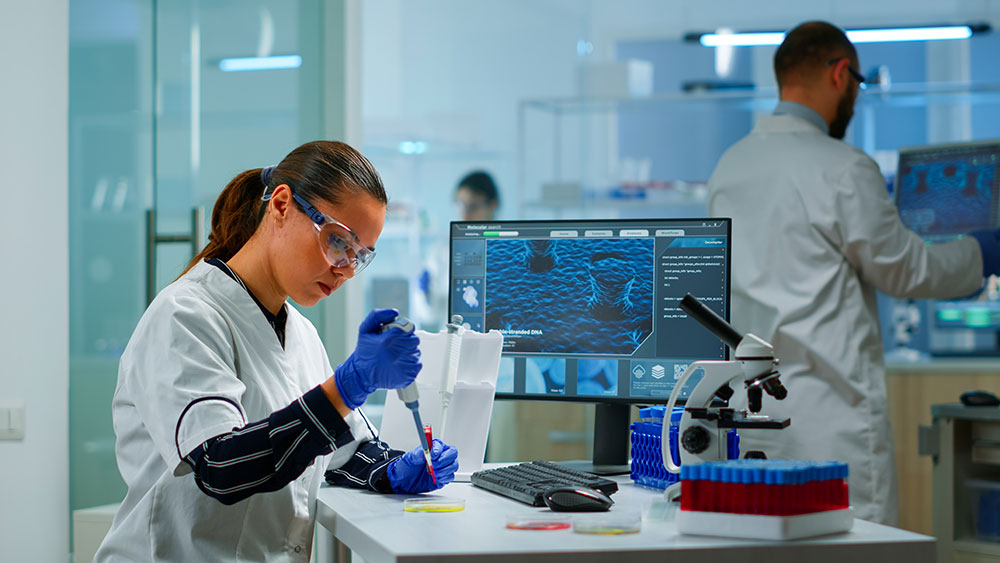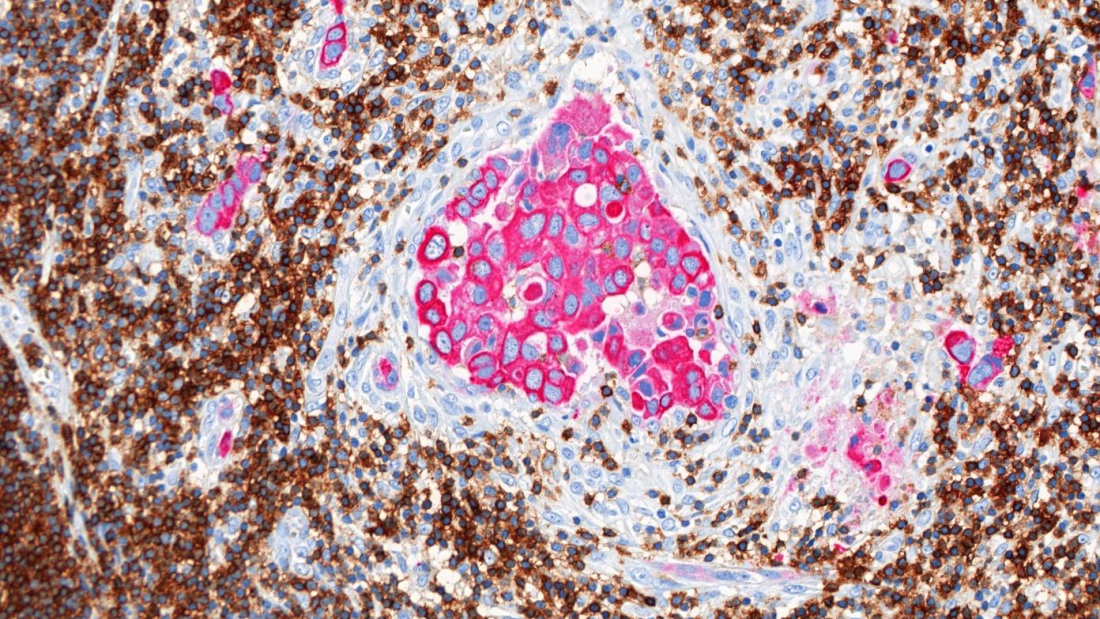While personalized medicine has been a goal for some time, there have been several obstacles. Although there has been an explosion in genomic data, the corresponding clinical utility for this data has been slow to be validated. Data from tissue images, a key diagnostic has been limited to simple scoring, resulting in limited data available to researchers to customize therapies based on patient biology. Growth in this area has increased significantly recently, however, and there are three ways technology is enabling more personalized drug discovery and development:
Data Correlations:
Consumers first realized the power of correlation with e-commerce. Amazon’s “People Like You Also Bought” feature introduced algorithms to look at consumers’ online buying profiles and match them to others so they could easily find new products of interest. Bioinformaticists are using a similar mindset to create medical algorithms to segment populations for clinical trials. As more data —including genetics, biomarkers, tissue samples, patient responses, etc. —are gathered, digitized and optimized for data mining, researchers will be able to identify correlations, better understand a person’s biology and how he will react to a particular therapy, and thus develop more targeted and effective treatment options. The power of correlation will truly come to fruition, however, in approaches that use data mining to identify potential rare side effects and segment the population into those at risk of experiencing those side effects With this information, researchers can develop more personalized treatments and physicians can match those treatments to the right patients.
“Datafication” of Tissue:
The idea of personalized medicine often focuses on the ability to simply and quickly extract data from DNA. However, genomic data alone does not provide a comprehensive patient profile, and diagnoses are increasingly being made based on multiple types of diagnostic data. Researchers can now go beyond DNA and mine quantifiable data from tissue images; tissue provides critical information about the stage and manifestation of disease, so this is enabling more informed decision-making in the clinical development process. The ability to combine and correlate quantified tissue image data with genomic information and clinical outcomes is essential to personalized medicine and is redefining drug development.

Consumer Technologies:
Consumer technologies, and in particular wearable technologies, are also now poised to make an impact on drug development by reaching patients directly through their cell phones. Apple’s ResearchKit, for example, which is a medical platform that intends to turn the iPhone and HealthKit into diagnostic tools, will change clinical trials and treatment in two ways:
This kind of technology can support more effective trial recruitment. Pharmaceutical companies will be able to raise more awareness of open clinical trials among patients directly, and patients will be able to more easily identify and join trials that are applicable to them.
On the other hand, since ResearchKit enables researchers to gather new types of health data from patients using mobile apps, consumer technologies will enable doctors to treat patients based on more holistic information and in a more personalized way. This data will also hopefully make its way back into the R&D loop to support drug development and treatment guidelines.
Date: April 29, 2015
Source
Brought to you by Fomat Medical


Add a Comment